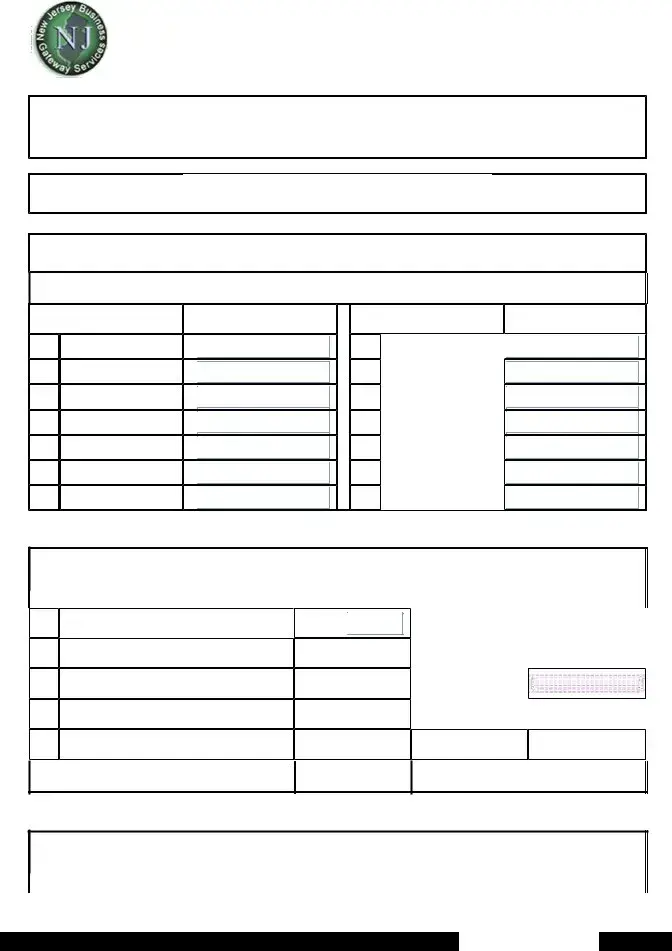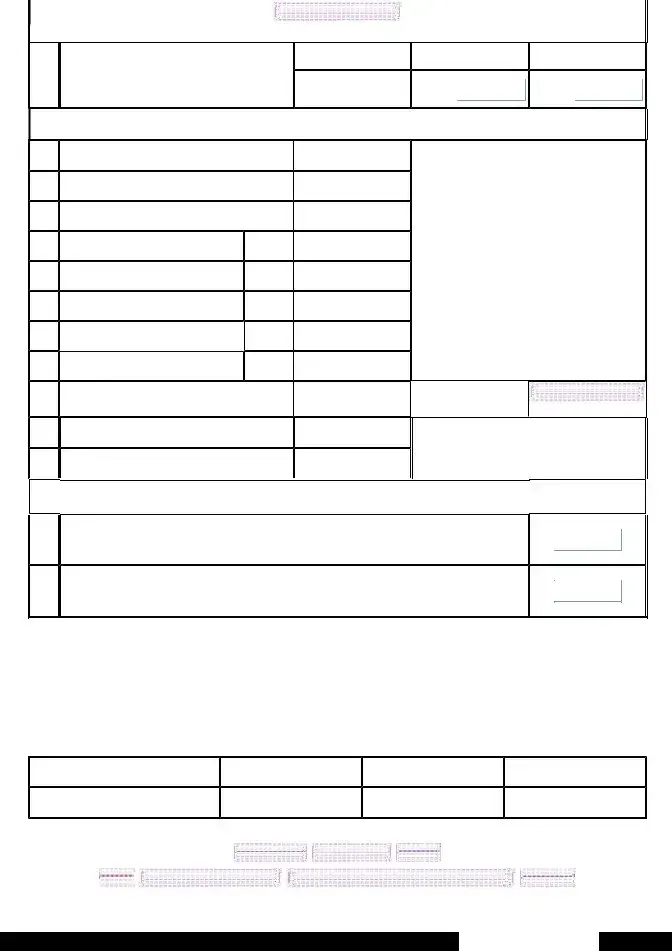The NJ-927W form is closely related to the IRS Form 941, known as the Employer's Quarterly Federal Tax Return. Both documents are designed for employers to report earnings and withholding amounts for their employees on a quarterly basis. The NJ-927W focuses on state-level obligations in New Jersey, including gross income tax (GIT) withholdings, while the IRS Form 941 handles federal taxes, which include federal income tax, Social Security, and Medicare withholdings. Despite the different jurisdictions they cover, both forms serve a similar purpose: ensuring employers accurately report and remit taxes withheld from employee wages.
Another document resembling the NJ-927W is the Form UC-2, Employer's Quarterly Report, used in many states for unemployment insurance (UI) reporting. Just like the NJ-927W includes information about wages subject to unemployment, disability insurance, workforce development, and family leave insurance, the Form UC-2 collects data on total wages paid to employees to calculate the employer's unemployment insurance contribution. Though they address different specific insurance funds, both forms are crucial for maintaining compliance with state-level employment and tax laws.
The Quarterly Combined Withholding, Wage Reporting and Unemployment Insurance Return, often referred to simply as the quarterly wage report in various states, shares similarities with the NJ-927W form. This document consolidates the reporting of wages paid, taxes withheld from employees, and unemployment insurance contributions into a single filing. Like the NJ-927W, it simplifies the employer's filing obligations by merging multiple reporting requirements, thereby ensuring that employee wages, withholdings, and employer contributions are accurately documented for state authorities.
Lastly, the NJ-927W form is akin to the State Disability Insurance (SDI) reporting forms found in states that offer this benefit. These SDI forms require employers to report wages subject to disability insurance contributions. Although the specific details and purpose of the SDI reporting forms may vary from the NJ-927W, both sets of documents are essential for the administration of employee benefit programs. They help ensure that adequate funds are collected to support workers who require temporary disability benefits, reflecting a shared goal of worker protection and support.


 GIT Payment Amount
GIT Payment Amount
